Carboxymethyl Cellulose: Understanding a Versatile Polymer
Carboxymethyl cellulose (CMC), often referred to as cellulose gum or CMC gum, is a versatile and essential polymer with a wide range of applications in various industries. This article explores the properties, uses, and benefits of carboxymethyl cellulose, shedding light on its significance in different fields.
Introduction to Carboxymethyl Cellulose
Carboxymethyl cellulose is a derivative of cellulose, one of the most abundant natural polymers on Earth. It is derived from cellulose through a chemical modification process that introduces carboxymethyl groups (-CH2-COOH) onto the cellulose backbone. This modification enhances its solubility in water and broadens its range of applications.
Properties of Carboxymethyl Cellulose
Water Solubility: One of the most remarkable properties of CMC is its high solubility in water. It can form stable and clear solutions, making it an excellent choice for various applications, especially in the food and pharmaceutical industries.
Viscosity Control: CMC is valued for its ability to control the viscosity of aqueous solutions. It can thicken liquids and stabilize emulsions, which is crucial in the production of many food products and pharmaceutical formulations.
pH Stability: It exhibits stability over a wide pH range, maintaining its functionality in both acidic and alkaline environments. This makes it suitable for applications where pH levels may vary.
Film-Forming: CMC can form flexible and transparent films when dried. This property is utilized in the manufacturing of coatings, adhesives, and even edible films in the food industry.
Applications of Carboxymethyl Cellulose
Food Industry: CMC is extensively used in the food industry as a food additive. It serves as a thickener, stabilizer, and moisture-retaining agent in various products such as ice cream, sauces, and bakery items.
Pharmaceuticals: In pharmaceuticals, CMC is employed as a binding agent in tablet formulations. It ensures the uniform distribution of active ingredients and aids in tablet disintegration.
Oil Drilling: The oil drilling industry utilizes CMC as a drilling fluid additive. It helps maintain fluid viscosity, control filtration rates, and prevent wellbore instability.
Textiles: CMC is applied in textile printing and dyeing processes to improve color adhesion and prevent dye migration. It acts as a thickening agent in textile printing pastes.
Recommended article:Versatile Applications of Zinc Sulfate Monohydrate
Exploring the Versatility of Artificial Grass Adhesive: Top 5 Practical Applications
Will Ivermectin Kill Fleas?
Xylazine: Understanding its Uses, Effects, and Risks
WHAT ARE SURFACTANTS AND HOW DO THEY WORK?
What does ammonium sulphate do to plants?
Unlocking the Potential of Wood Cellulose Fiber: A Comprehensive Guide
Paper Production: In papermaking, CMC is used to improve paper strength, surface properties, and retention of fillers and pigments.
Personal Care Products: Many personal care products, such as toothpaste, shampoos, and lotions, contain CMC for its thickening and stabilizing properties.
Carboxymethyl Cellulose FAQs
Is carboxymethyl cellulose safe for consumption?
Yes, CMC is generally recognized as safe (GRAS) by regulatory authorities when used in food products within established limits.
Can CMC be used in gluten-free products?
Yes, CMC is often used in gluten-free baking to improve texture and moisture retention.
Is carboxymethyl cellulose environmentally friendly?
CMC is derived from a renewable resource (cellulose) and is biodegradable, making it relatively eco-friendly.
What is the shelf life of products containing CMC?
The shelf life varies depending on the specific product and formulation. CMC itself has a long shelf life when stored in a cool, dry place.
Conclusion
Carboxymethyl cellulose, with its unique properties and versatile applications, plays a vital role in numerous industries. Its ability to modify viscosity, improve texture, and stabilize formulations makes it a valuable ingredient in food, pharmaceuticals, and various other sectors. As technology advances and environmental concerns grow, CMC's importance in sustainable and innovative solutions is expected to continue to expand.
Recommended article:Custom Organic Synthesis Services Q&A: Tailoring Molecules for Scientific Breakthroughs
Unlocking the Potential of C3F6 Gas in Cutting-Edge Applications
Nonionic Surfactants Q&A: Everything You Need to Know
The Properties that Make Hydroxypropyl Methylcellulose (HPMC) Stand Out
Benefits of Using PUR Hot Melt Adhesive: Strength and Durability
Oxytetracycline Hydrochloride: Understanding Its Role as an Antibiotic
Applications of HPMC-hydroxypropyl methyl cellulose ether in Construction
527
0
0
Related Articles
-
570
0
0



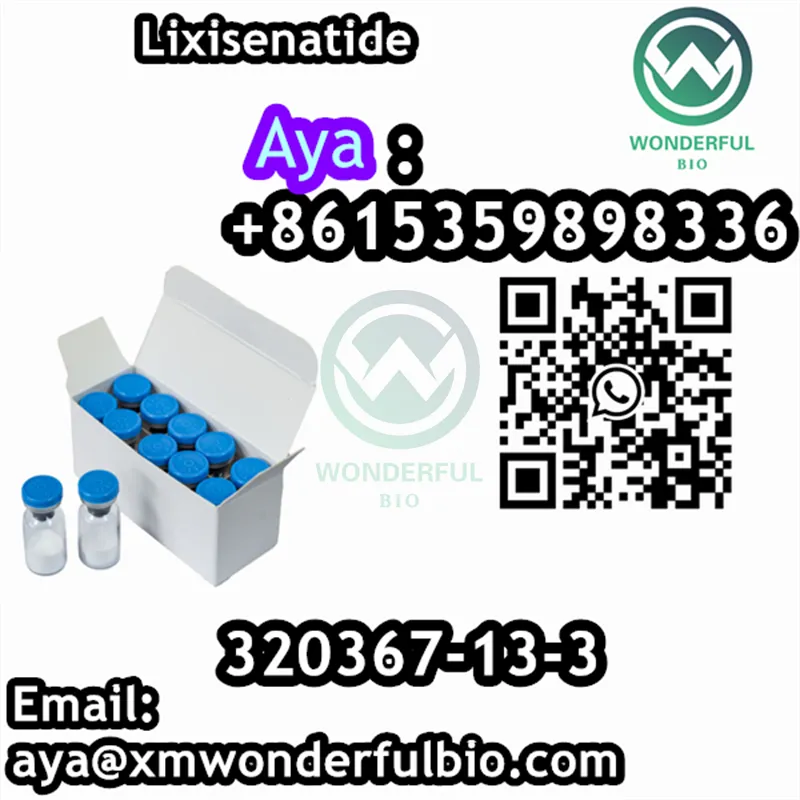

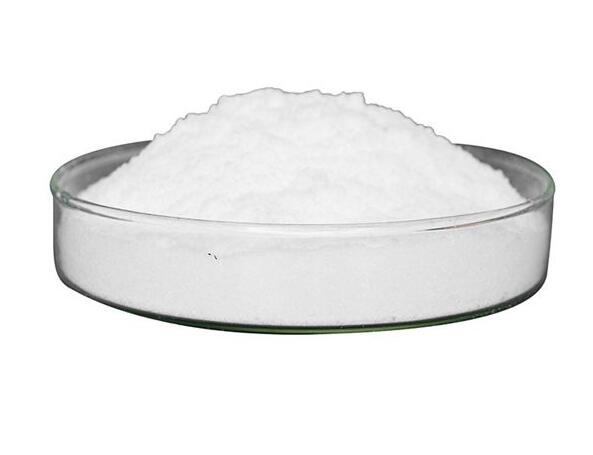
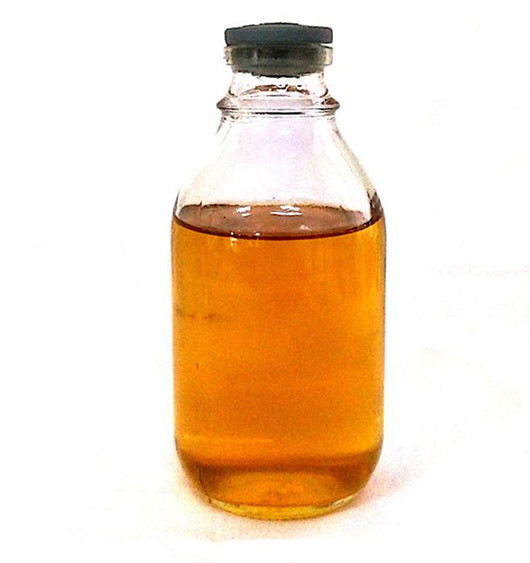

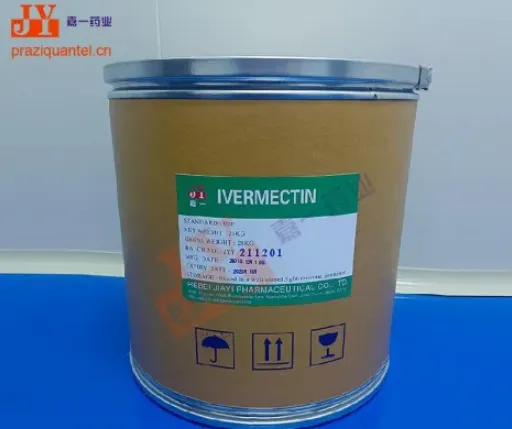
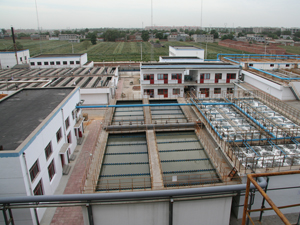
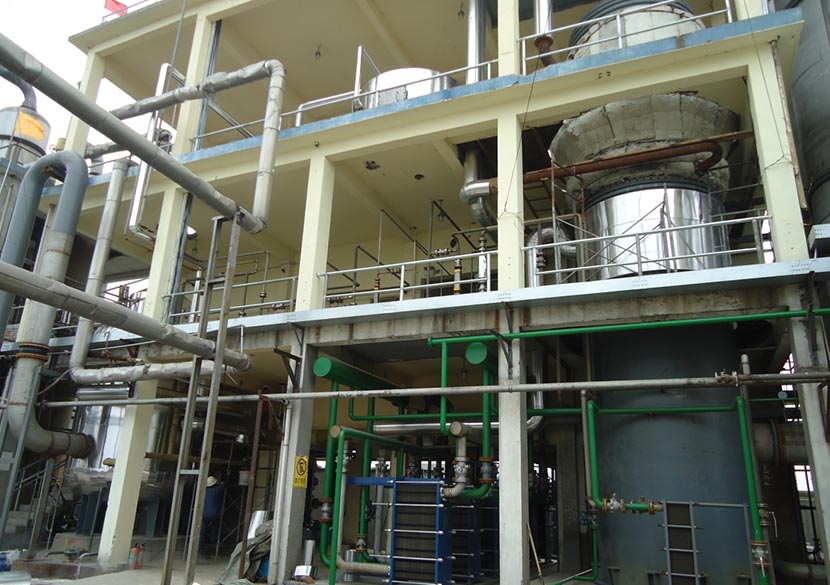
Comments
All Comments (0)